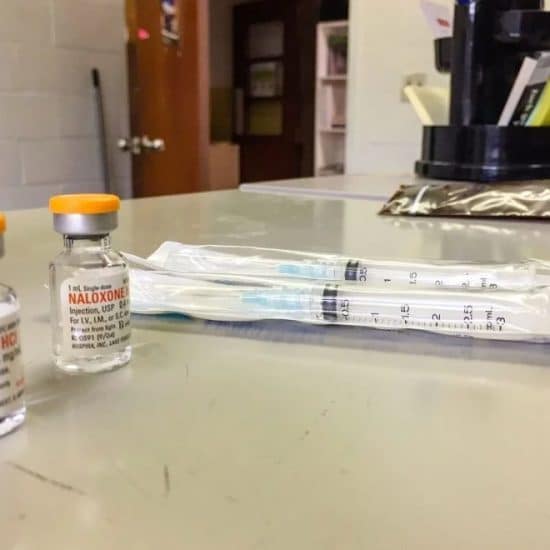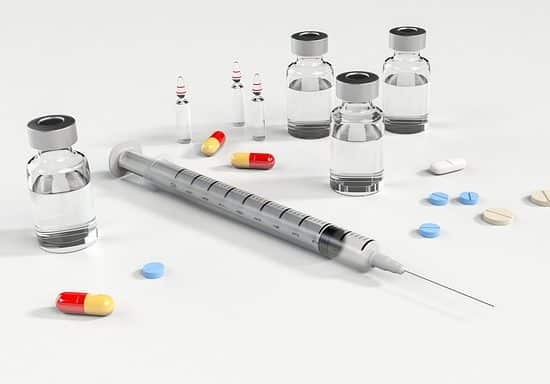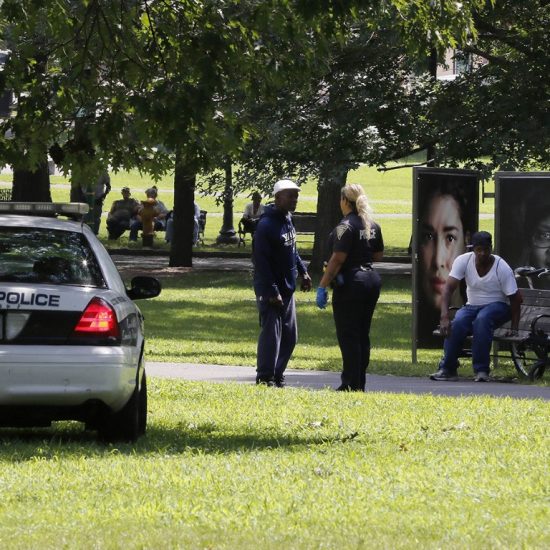More than 63,000 people died in the U.S. from drug overdose in 2016, according to a report from the Centers for Disease Control and Prevention (CDC) released on Dec. 21, 2017.
This is an 11,000-death increase from 2015 and continues a 17-year trend that has now reached levels more than three times those seen in 1999.
 Deaths related to opioid overdose began rising in 2013 and have increased dramatically since then.Deaths related to opioid overdose began rising dramatically in 2013 and have continued to increase since then.
Deaths related to opioid overdose began rising in 2013 and have increased dramatically since then.Deaths related to opioid overdose began rising dramatically in 2013 and have continued to increase since then.
“The rate of drug overdose deaths involving synthetic opioids other than methadone, which include drugs such as fentanyl, fentanyl analogs and tramadol, increased from 0.3 per 100,000 in 1999 to 1.0 in 2013, 1.8 in 2014, 3.1 in 2015 and 6.2 in 2016,” the report said. “The rate increased on average by 18 percent per year from 1999 to 2006, did not statistically change from 2006 to 2013, then increased by 88 percent per year from 2013 to 2016.”
By comparison, “rates of drug overdose deaths involving heroin increased from 4.1 [per 100,000] in 2015 to 4.9 in 2016,” and “rates of drug overdose deaths involving natural and semisynthetic opioids increased from 3.9 in 2015 to 4.4 in 2016.”
All age groups have seen an increase in drug-related deaths since 1999, but “rates in 2016 were highest for persons aged 25-34 (34.6 per 100,000), 35-44 (35.0), and 45-54 (34.5).”
The average death rate from drug overdose was 19.8 people per 100,000 across the U.S., with West Virginia having the highest average rate (52.0 per 100,000) and Nebraska having the lowest (6.4 per 100,000).
The full report is available here.
This article originally appeared on EthicsDaily.com.




